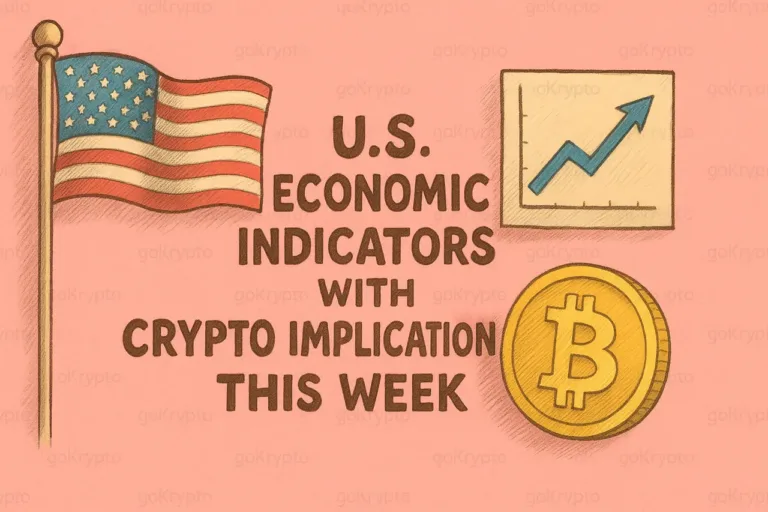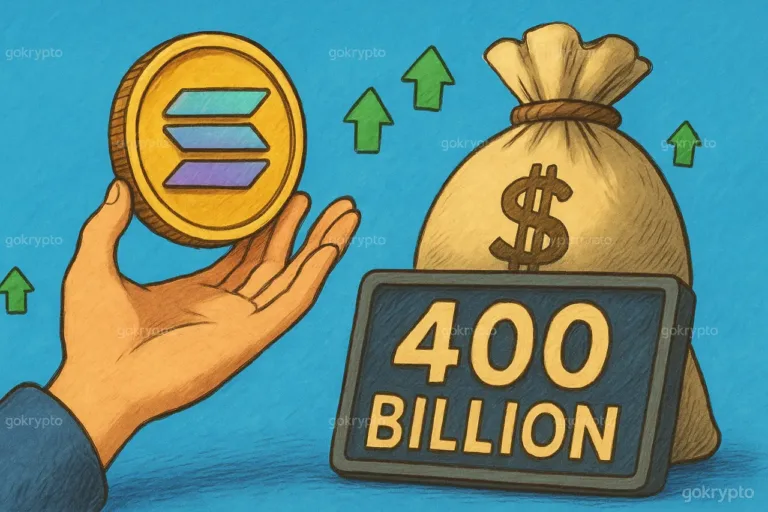Bitcoin Skyrockets to $105,000: Hormuz Tensions and Inflation Threat
Bitcoin managed to reach the level of US$105,000, driven by global concerns about the possibility of Iran closing the Strait of Hormuz and increasing inflation sentiment due to oil prices.
Despite facing selling pressure due to geopolitical uncertainty in the Middle East, this crypto asset remains resilient.
Geopolitical Threat: Strait of Hormuz Crisis
Based on information we quoted from Beincrypto media, the biggest risk comes from the potential closure of the Strait of Hormuz, a vital route for 20% of global oil supplies. If it happens, energy prices could spike, triggering a decline in risky assets, including Bitcoin.
Market volatility: According to analyst Nic Puckrin from Coin Bureau, “If a crisis occurs on the weekend, the crypto market which is active 24/7 will be immediately affected.”
Selling Pressure and Investor Caution
Large outflows: Tensions in the Middle East have triggered the withdrawal of Bitcoin from the spot market. In the past 24 hours, the price of BTC has fallen by 3-5%, with the RSI below 50, indicating the dominance of selling momentum.
Next key levels: If the pressure continues, Bitcoin could potentially drop to $103,000 or even closer to $101,600.
Crypto as a Safeguard for the Economy
Long-term investors remain optimistic: Despite short-term selling pressure, long-term Bitcoin holders accumulated around 30,800 BTC on June 11, signaling confidence in the future outlook.
US dollar factor: The weakening dollar, now at a three-year low, supports the long-term bullish view for Bitcoin.
Overview and Upcoming Challenges
| Impact Factors | Details |
|---|---|
| Geopolitical (Hormuz) | High risk: rising oil prices & falling risk assets |
| Technical Indicators | RSI < 50, MACD bearish → potential drop to $103,000 |
| Long-term Investor Action | Accumulation continues → signal of long-term optimism |
| Macro Conditions | Dollar weakens, supporting a bullish narrative for Bitcoin |
Conclusion
Bitcoin holds at $105,000 amid global turmoil. Geopolitical tensions in the Strait of Hormuz could trigger a price correction, but accumulation by long-term investors and a weaker dollar reinforce the positive outlook.
June 2025 is expected to be full of dynamics, influenced by developments in the Hormuz conflict and macroeconomic indicators.







